Table of Contents
- Understanding Labeling Options for Cannabis Products
- Shrink Sleeve Advantages for Cannabis Packaging
- Traditional Label Benefits for Cannabis Brands
- Compliance Considerations for Cannabis Packaging
- Product-Specific Recommendations
- Cost Analysis and ROI Comparison
- Future Labeling Innovations in Cannabis Packaging
The cannabis industry faces unique packaging challenges that require balancing regulatory compliance with brand visibility and consumer appeal. When deciding between shrink sleeves and traditional labels, cannabis producers must consider factors beyond aesthetics, including durability, application methods, and cost-effectiveness across different product types.
Understanding Labeling Options for Cannabis Products
Cannabis packaging typically employs two main labeling approaches: shrink sleeves and adhesive labels. Shrink sleeves are polymer films that wrap entirely around containers and shrink to fit when heat is applied. Traditional labels use adhesive to attach to specific areas of packaging and come in various shapes, sizes, and materials.
Each option serves different purposes within the cannabis market. According to custom branding experts, the choice between these two methods can significantly impact shelf presence and consumer perception.
Shrink Sleeve Advantages for Cannabis Packaging
360-Degree Branding Opportunities
Shrink sleeves offer complete container coverage, allowing for seamless 360-degree graphics. This full-wrap capability creates immersive brand experiences that can help products stand out in competitive dispensary environments.
Tamper-Evidence Integration
A key advantage of shrink sleeves is built-in tamper-evidence capabilities. As detailed in this tamper-evident packaging guide, shrink sleeves can extend over caps and closures, providing visual indication if a product has been opened.
Moisture and Abrasion Resistance
Cannabis products often require protection from environmental factors. Shrink sleeves provide superior moisture resistance and durability against abrasion, particularly valuable for products that may be handled frequently or stored in varying conditions.
Traditional Label Benefits for Cannabis Brands
Cost-Effective for Small Runs
For smaller cannabis producers or limited edition products, traditional labels typically offer lower minimum order quantities and reduced setup costs. This flexibility allows for more agile production schedules and inventory management.
Application Versatility
Traditional labels can be applied to virtually any container shape, including those with complex geometries that might challenge shrink sleeve application. This versatility is particularly valuable when packaging unique concentrate containers or specialized flower jars.
Faster Production Turnaround
When rapid market response is needed, traditional labels generally offer quicker production and application timelines. For cannabis brands looking to capitalize on seasonal trends or limited releases, this speed advantage can be crucial.
Compliance Considerations for Cannabis Packaging
Regulatory compliance represents a critical factor in cannabis packaging decisions. Both labeling methods must accommodate mandatory warning symbols, THC content, batch information, and child-resistant messaging.
Avoiding packaging compliance mistakes requires careful planning. Shrink sleeves offer more space for required information but may require specialized equipment for application. Traditional labels can be more easily updated to reflect changing regulations but provide limited space for both compliance text and branding elements.
Product-Specific Recommendations
Flower Packaging
For cannabis flower, traditional labels often prove sufficient and cost-effective. As flower packaging solutions typically utilize jars or pouches with standard shapes, adhesive labels can adequately communicate both brand identity and required information.
Concentrates and Extracts
Concentrate packaging often benefits from shrink sleeves due to the small container sizes and need for tamper evidence. According to concentrate packaging experts, the premium appearance of shrink sleeves also aligns with the higher price points these products command.
Vape Products
For vape cartridges and batteries, shrink sleeves provide crucial tamper evidence while maximizing limited branding space. Vape cartridge packaging guidelines often recommend shrink sleeves for their security features and ability to accommodate required warning symbols.
Edibles Packaging
Edibles manufacturers frequently choose traditional labels for their flexibility across diverse container types. Edible packaging compliance often requires frequent updates to accommodate changing regulations, making easily replaceable labels advantageous.
Cost Analysis and ROI Comparison
When evaluating total cost of ownership, several factors influence the shrink sleeve vs. label decision:
- Initial investment: Shrink sleeves typically require heat tunnels or steam systems for application, representing a higher startup cost
- Per-unit costs: Traditional labels generally cost less per unit for small to medium runs
- Application speed: Automated label application can be faster than manual shrink sleeve processes
- Equipment maintenance: Our processing equipment collection includes options for both labeling methods, with traditional labelers typically requiring less maintenance
- Waste and sustainability: Shrink sleeves may generate more waste during application, a consideration for brands focused on sustainable packaging practices
For detailed cost considerations, refer to this wholesale cannabis packaging budget guide.
Future Labeling Innovations in Cannabis Packaging
The cannabis packaging landscape continues to evolve with new technologies emerging. Hybrid solutions combining shrink sleeve security with label flexibility are gaining traction. Additionally, smart packaging innovations like QR codes and RFID tags, detailed in this smart packaging overview, are becoming more integrated with both labeling methods.
For multi-state operators navigating different regulatory environments, modular labeling approaches offer promising solutions. As discussed in this MSO packaging guide, adaptable systems that can accommodate varying compliance requirements while maintaining brand consistency represent the future of cannabis packaging labeling.

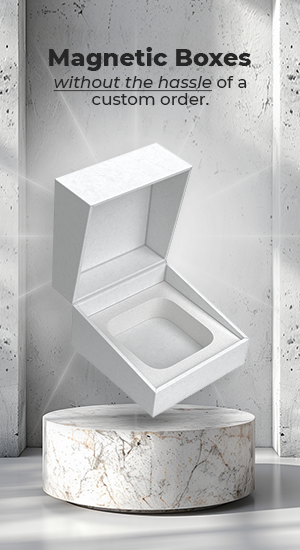
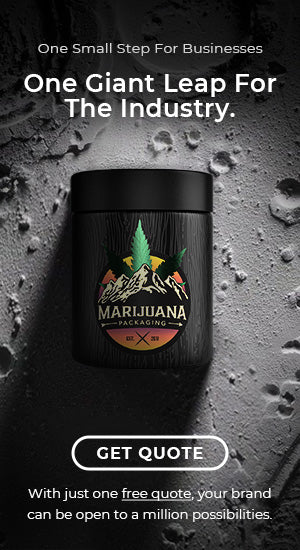
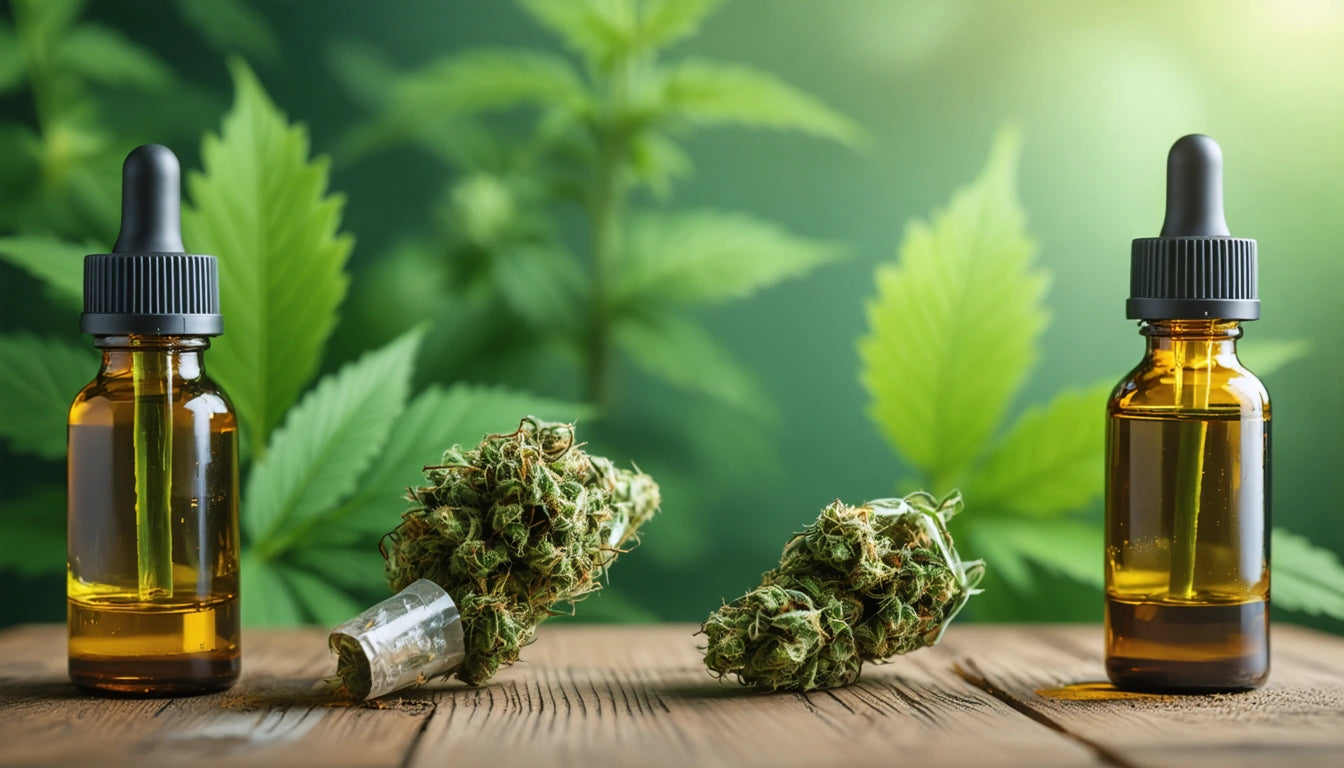
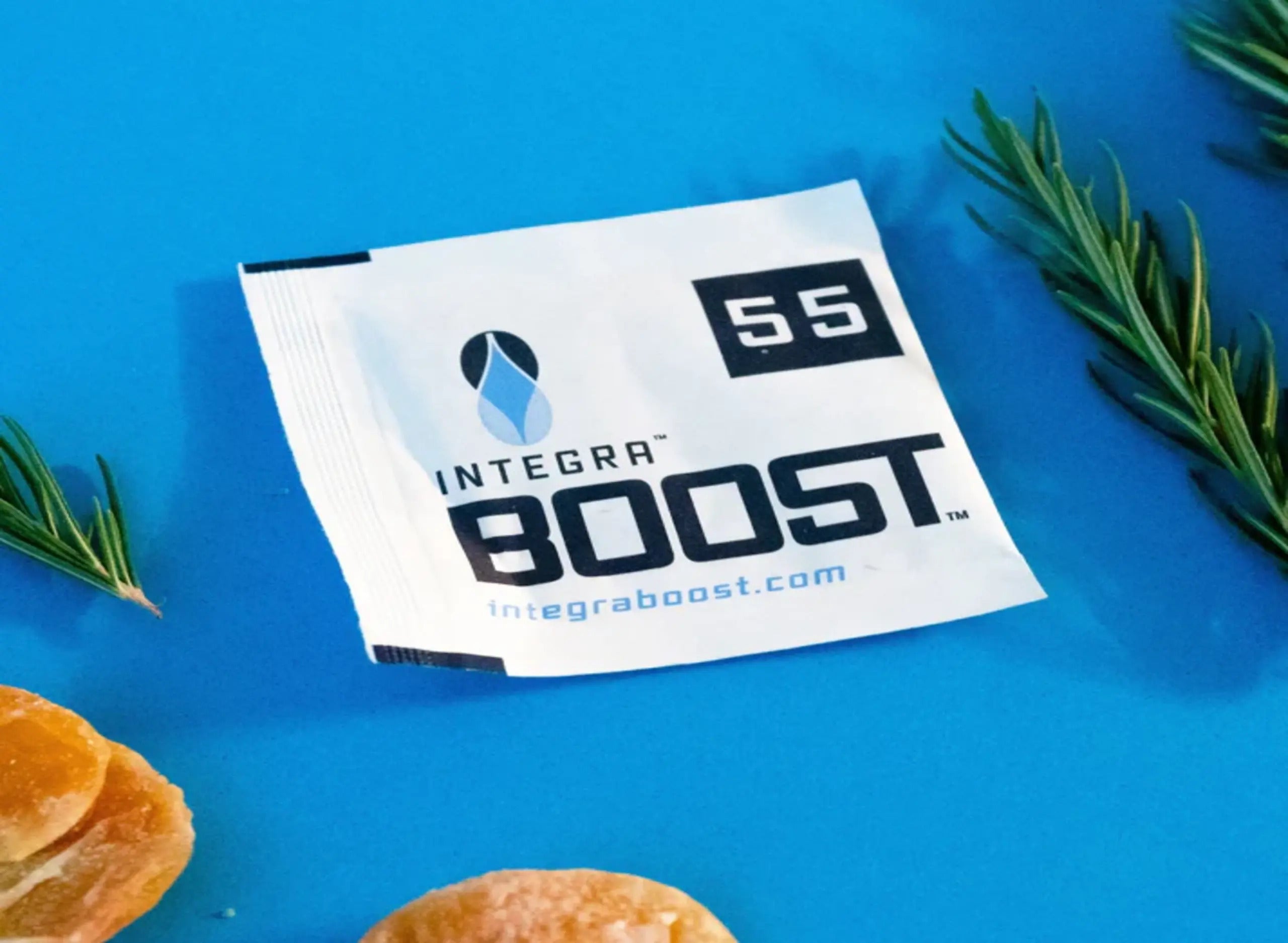
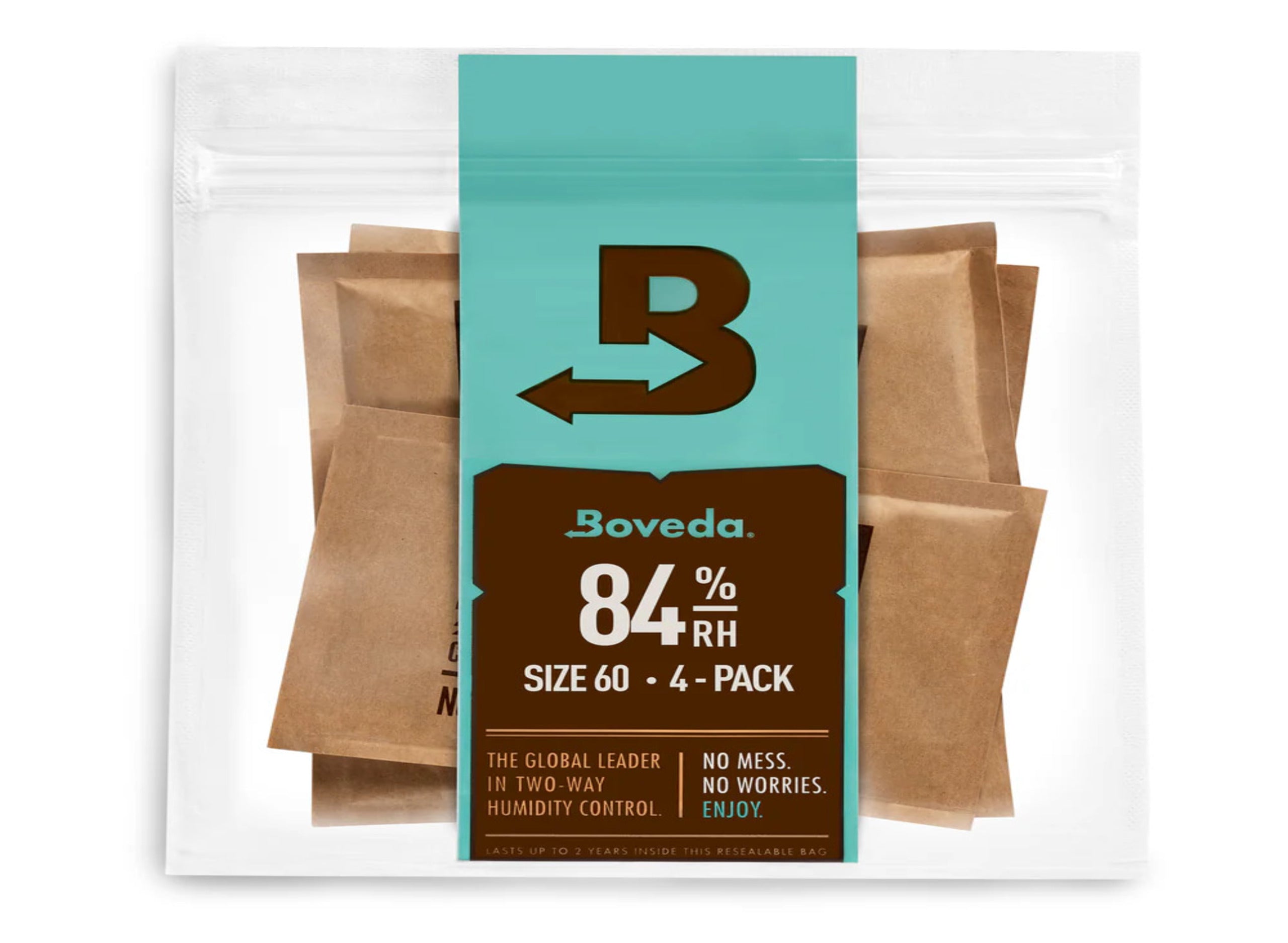
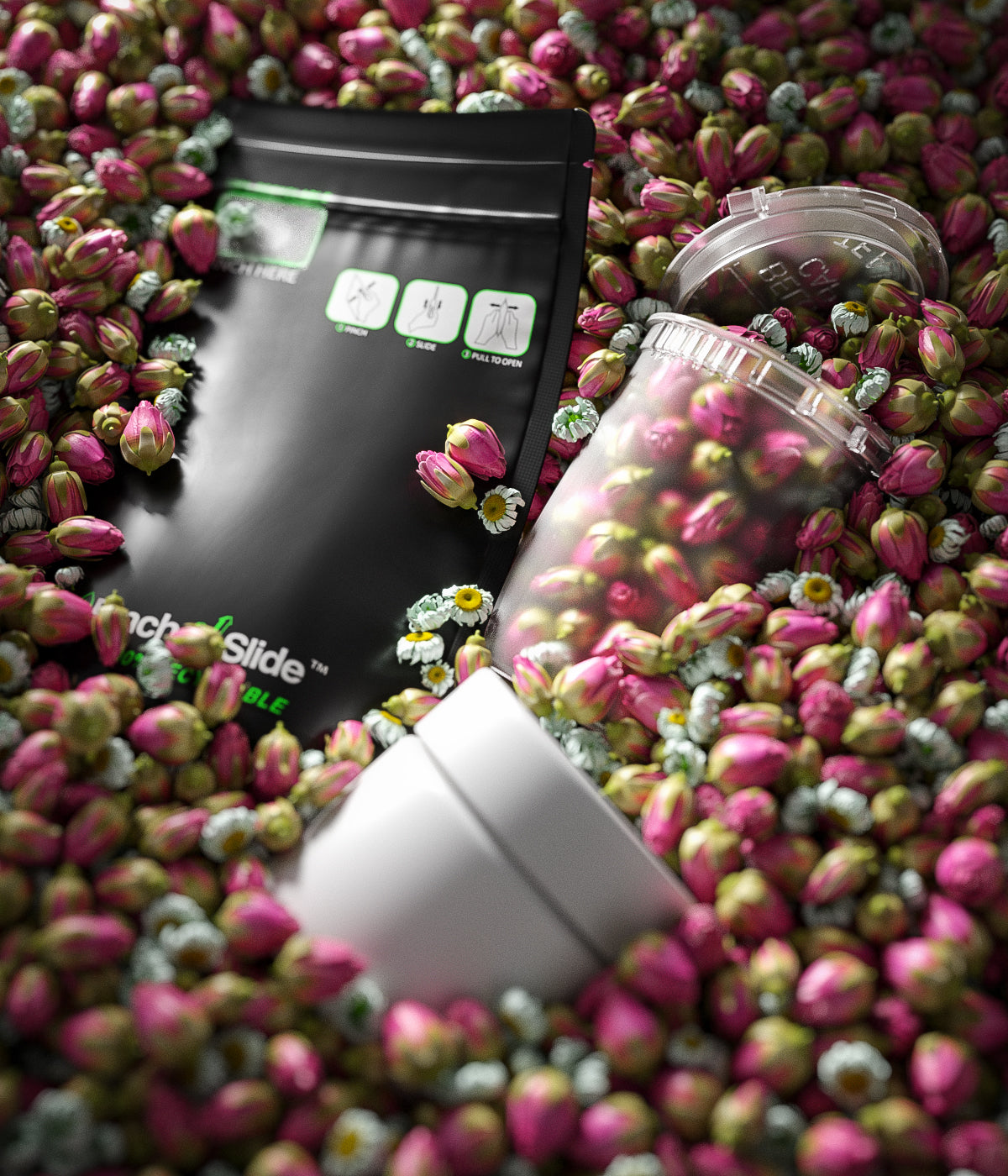
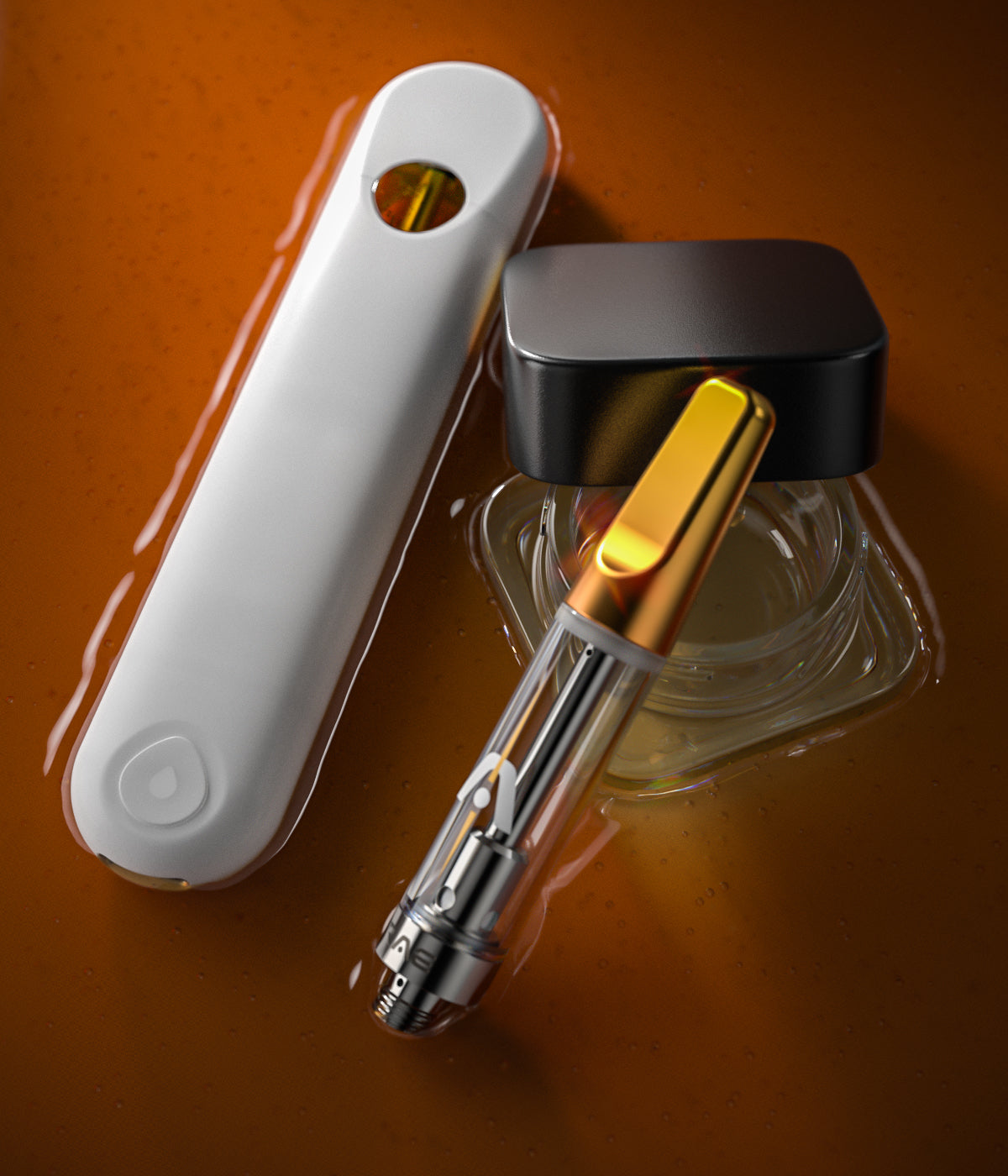
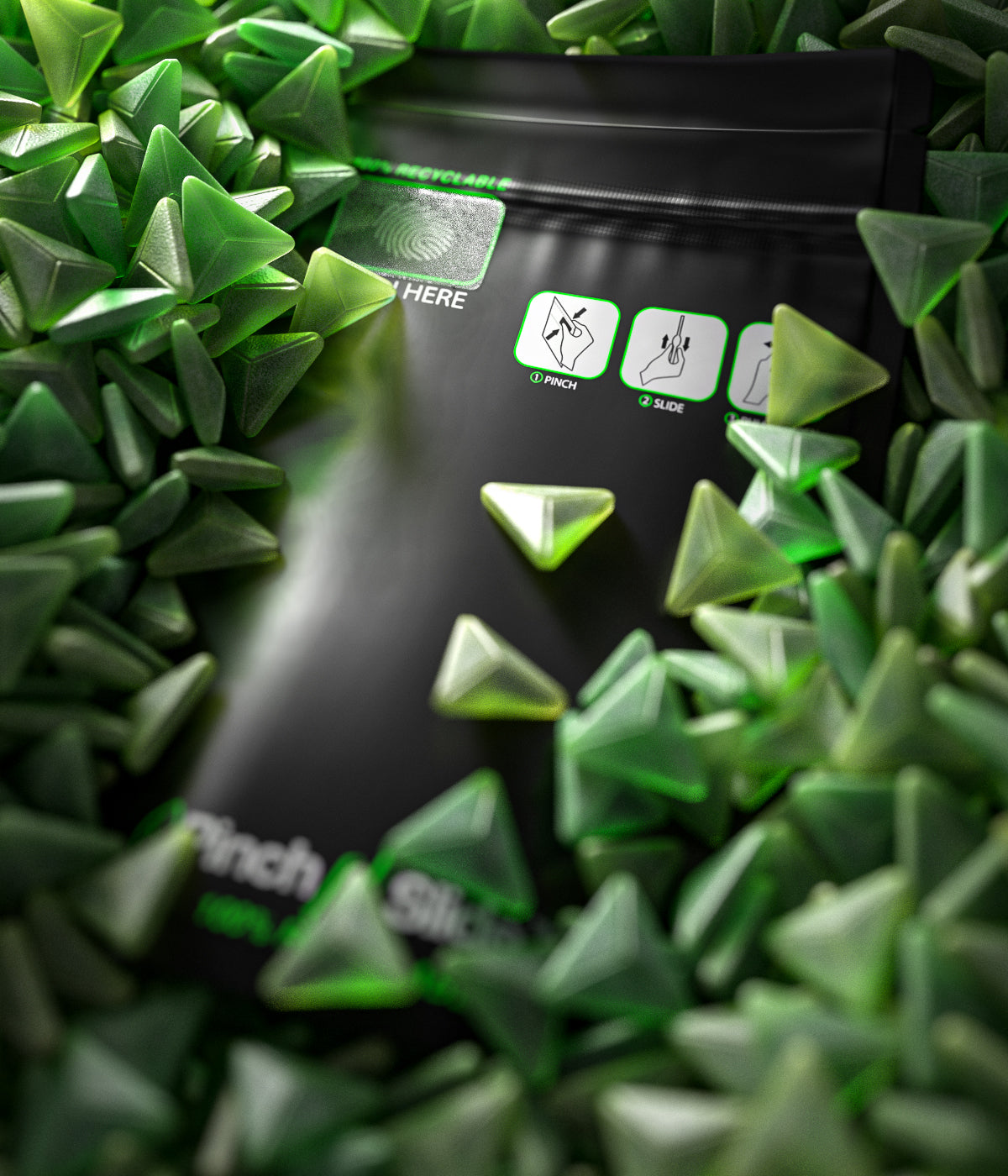

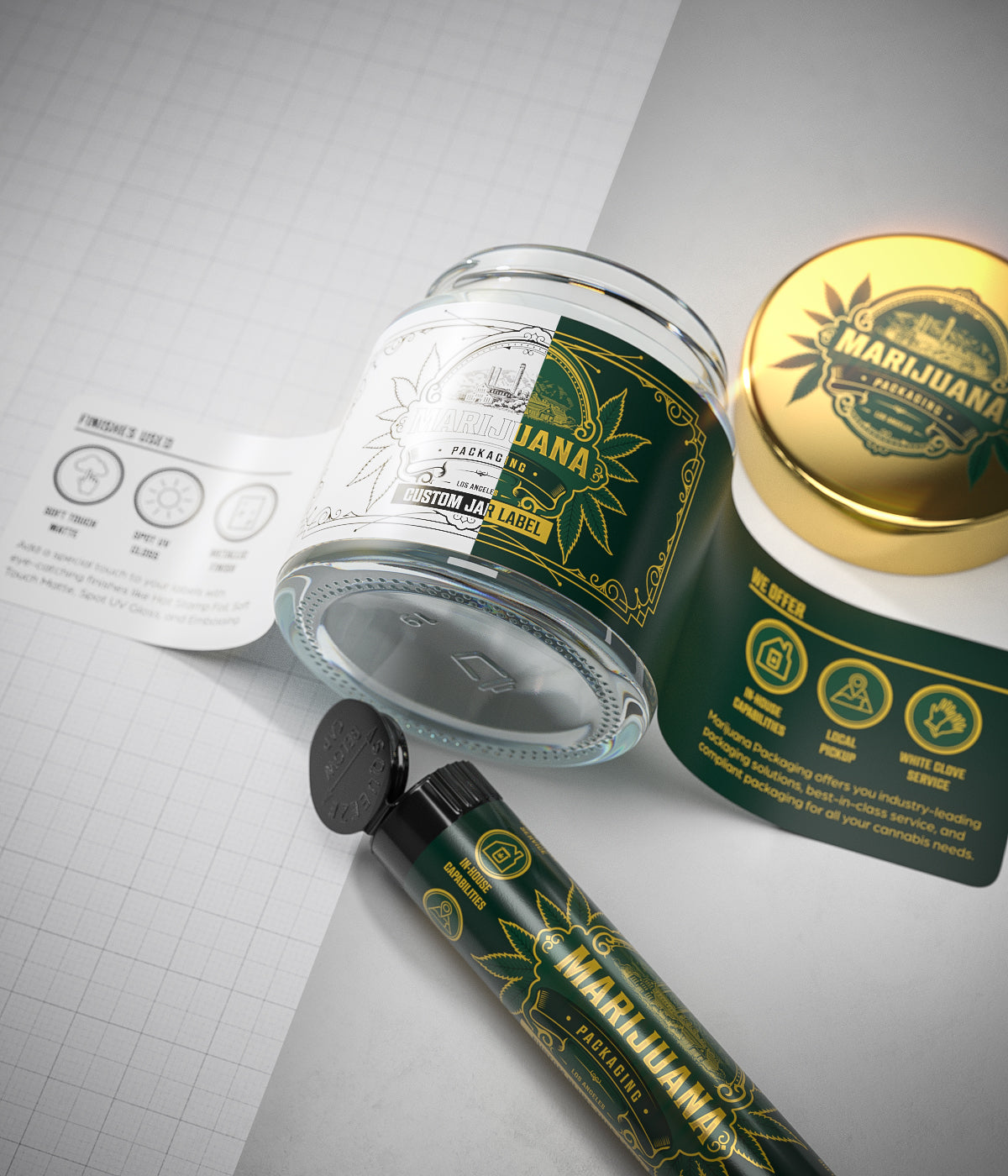
Leave a comment
All comments are moderated before being published.
This site is protected by hCaptcha and the hCaptcha Privacy Policy and Terms of Service apply.